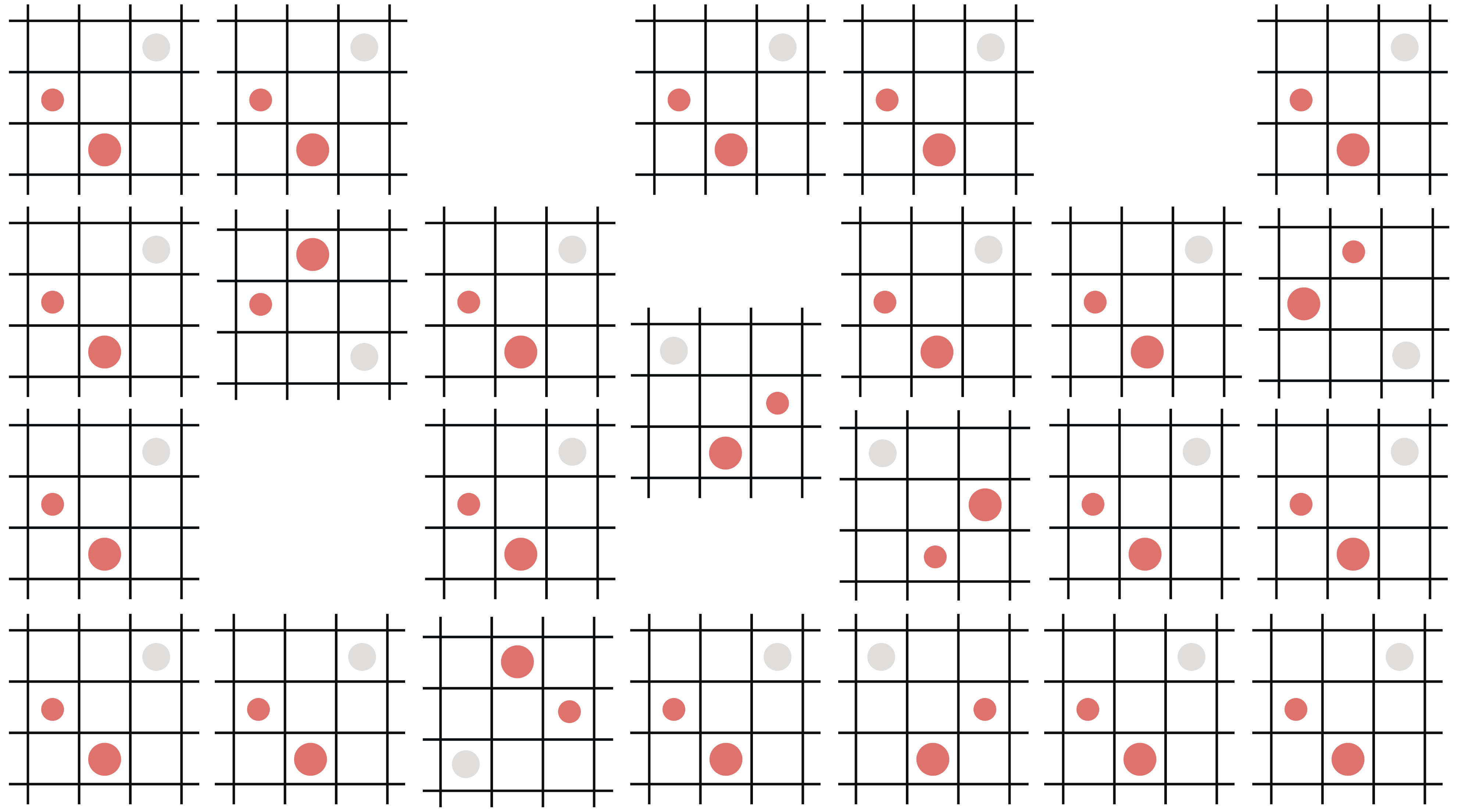Sales at Asana: More than just hitting monthly targets

When we first launched Asana in 2011, the product was free for all teams and we had zero salespeople. It wasn’t until a year later in 2012 that we launched a paid version of the product, Asana Premium, and hired our very first salesperson. Since then, we’ve grown the team gradually and mindfully. Compared to other companies, our sales team is small, making up just 8% of the entire organization.
Part of that is by design. The Asana sales model has always set the team, and the work they do, apart. Instead of pursuing cold leads, by the time an Asana salesperson talks to a buyer, they’re already using Asana. This is thanks, in large part, to our freemium business model, but also to our product strategy: to win over end users with our product. For our sales team, this means taking small, active teams and turning them into bigger, more successful teams of Asana users.
At the helm of our sales organization is Oliver Jay, or “OJ,” as the team likes to call him. OJ joined Asana earlier this year as our first Head of Global Sales to help us scale and grow our business (as well as our sales team). We recently sat down with OJ to talk about why he joined Asana, how our sales team is unique, and what’s in store for Sales at Asana.
From venture capital to startup adventures
With a background in finance and venture capital, OJ realized early on in his career that he cared more about the strategies of tech companies than the financial side. “I was jealous that all the fun was on the operating side,” he says. “As an investor, there’s only so much you can do to help a company drive growth, and you don’t get to work closely with customers”
So after finishing business school, OJ joined a little startup called Dropbox. At the time, Dropbox was growing quickly in a nascent area of technology and had a sales team of about twenty people. OJ scaled the team to around a hundred people in North America, and after seeing revenue opportunities internationally, he launched and grew sales teams across the world.
Four and a half years later, when Dropbox was close to two thousand employees, OJ decided to leave for the opportunity to build something new at Asana. “To me, Asana is in a similar place to where Dropbox was four and a half years ago.” he says. “I want to grow Asana in the same way I did at Dropbox, incorporating all the lessons learned.”
While deciding whether to join Asana, OJ drew from his venture capital days, applying the same frameworks he adopted then for choosing interesting companies to work with. “I came to Asana because it fits the three criteria I look for in a company,” he says. “I must believe that it’s in a massively growing space that’s just about to take off, that the the company will be the winner in that space, and the people are the right ones to make it win.”
“Our leaders have relevant experience and have seen this kind of growth before, and we’re all committed to building a company that will last.”
When analyzing the space Asana falls into—work management—OJ knows it’s a pain that people have felt for decades, but are only now coming to address with technology. Just like file sharing and enterprise messaging have evolved over time to be default budget line items at all companies, OJ believes work management is the next line item to be added.
“The same progressive CIOs and executives that adopted file-sharing and messaging in the last few years are now coming to us for a tool to help them coordinate work more effectively across their teams,” he says, “and Asana is the tool that will do that.”
Being part of an emerging market isn’t the only reason OJ will choose a company, though. He also has to believe the company will win the space and become the market leader. “Asana will win the work management market because of our product strategy,” he says. “In order to fix what’s wrong with collaboration, you have to build tools that end users—not just administrators and leaders—love.” For OJ, Asana’s product strategy is doing exactly that: It balances simplicity and ease of use with power and functionality, making it easy for customers to fall in love with the product.
Finally, OJ thinks about the people behind a company. What drew him to Asana was the combination of experienced and committed founders who care about building a company for the long term. “It’s rare to see people as accomplished as Justin and Dustin who are at the office every day and know the business better than anyone,” says OJ. He also trusts the leadership team beyond the founders. “Our leaders have relevant experience and have seen this kind of growth before, and we’re all committed to building a company that will last.”
A unique team of problem solvers and goal smashers
Aside from the founders and leadership team, OJ also saw the unique qualities of the sales team at Asana. First and foremost, it’s a team of innovators that is pioneering an entirely different approach to selling.
Traditional sales teams typically cold-outreach to prospective buyers and present them with demos and sell sheets. Instead, our salespeople reach out to teams that are already using Asana and nurture existing champions by helping them solve additional workflow challenges with premium features. (In many cases, there are already paying teams within their organization, too.)
“Because of our freemium business model, we see less friction in the selling process,” says OJ. “We identify teams that are seeing some early success with Asana and work with them to expand their product usage so they can be even more effective organizations.”
This unique approach to selling means that there’s full transparency in the sales cycle: Customers know what they’re getting when they decide to upgrade or expand their deployments. This transparency applies to new buyers who aren’t already using Asana. “Our goal is to help customers achieve their goals, so we’re very mindful about making sure that our premium offering is a good fit,” says OJ.
Another unique quality of the sales team at Asana is that they’re a group of company builders. “People here are passionate about building the playbook and leaving a legacy. They’re thinking months ahead, not just hitting monthly targets, which is a big reason why we’ve been able to double sales productivity this year already” says OJ.
“People here are passionate about building the playbook and leaving a legacy. They’re thinking months ahead, not just hitting monthly targets.”
This results in a highly productive team that is always iterating on internal sales processes. Their commitment to improving efficiency isn’t limited to their own team, either. “Our salespeople are passionate about solving problems for other people,” OJ says. “They have empathy for the customer and they really want to make them more efficient.”
Behind this culture of company-building and sales innovators is a team that also likes to smash sales goals. They set and achieve ambitious goals by focusing on process improvements that will shorten sales cycles and make them more efficient—not just higher volume. And when they do hit their ambitious goals, they reward themselves.
“At the beginning of June, we’d innovated on our approach so quickly that it was clear we were going to crush our targets,” OJ explains. “So we set new stretch goals with different prizes for the team—a dinner, hoodies, a Giants game outing, and, finally, Outside Lands passes for the whole team. We kept innovating and hitting our goals, and ended up all going to Outside Lands together on the last day of the quarter!”
The future of sales at Asana
Of course, OJ didn’t just join Asana because of where it is now—he joined because of where the company is going. And because OJ tends to think in threes, there are three things he’s looking forward to most about the future of sales at Asana:
- The growth of the team: “We’re accelerating growth of the team significantly. I can’t see how we won’t be doubling each year in the foreseeable future..”
- International expansion: “The product is still only in English, but more than a third of our revenue already comes from overseas. This is a huge opportunity to grow internationally, and we’re thinking about how to expand globally—fast.”
- Larger deployments: “Because of our sales model, we’re able to demonstrate value so much faster across teams. It’s not atypical to have several hundred existing internal users at a company, at which point we’ll market to others across the organization. It’s a huge opportunity for growing revenue.”
When asked what he’s most excited about, OJ had only one answer: “Bringing in the best people and watching them develop, grow, and help us pioneer a new sales model.” For him, there’s nothing more satisfying than seeing salespeople join the team, follow their passion, and build something new.
“Because of our sales model, we’re able to demonstrate value so much faster across teams.”
“It’s our responsibility as leaders to develop our team,” says OJ. How can he tell whether he’s successful? “If I see a dozen VPs of Sales at other elite companies in a few years who came from Asana, I’ll know I did something right.”
We’d love to hear from you if you’re interested in joining our growing sales team.

